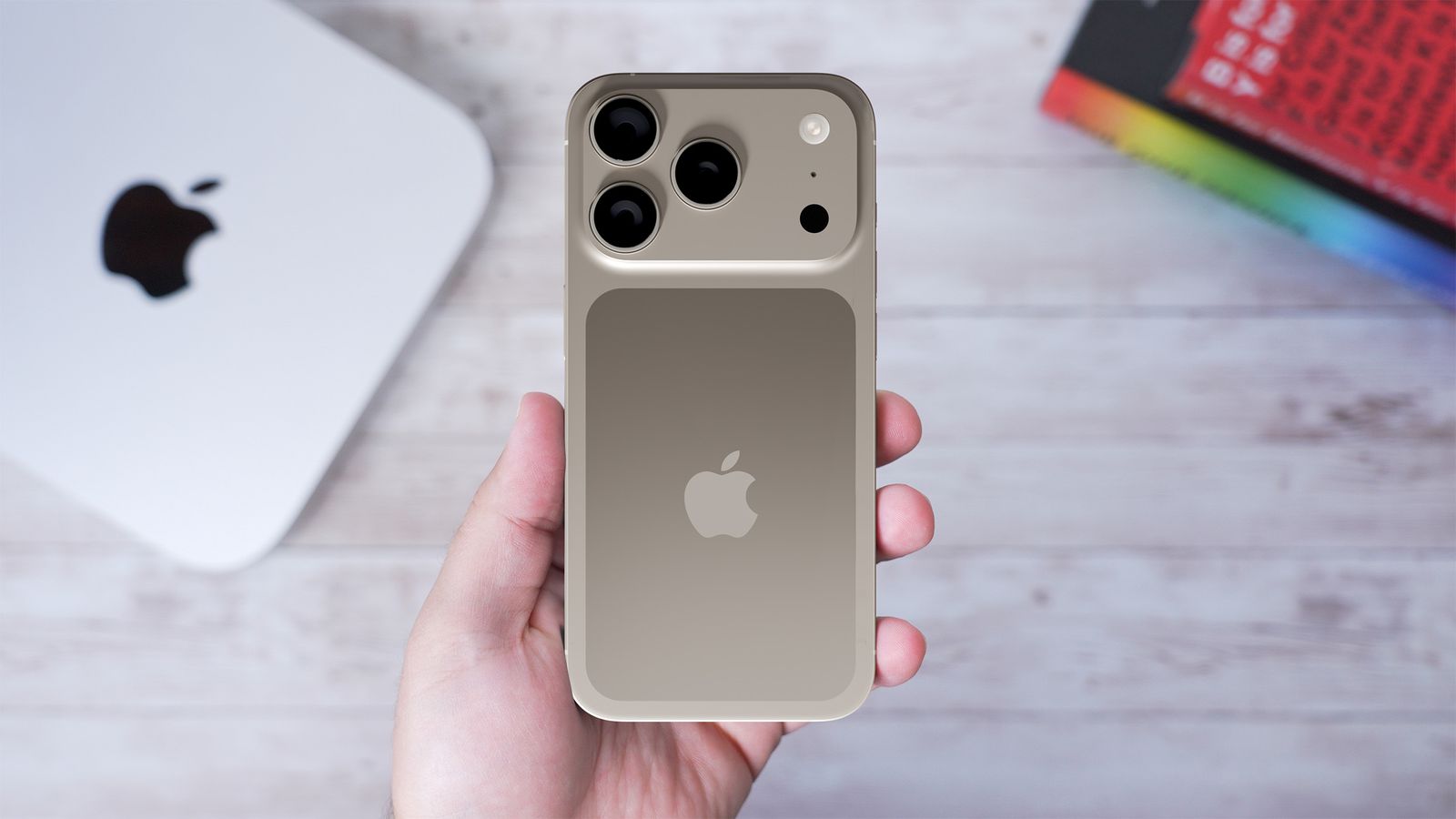Apple iPhone 17 Ready to Debut Tuesday: Design Upgrades, Bigger Batteries, and a Moderate Price Hike—What's More?
Apple’s biggest product launch of the year takes place on Tuesday, Sept. 9, when the company unveils its next-generation iPhone lineup alongside new smartwatches and accessories. For the first time in

Apple’s biggest product launch of the year takes place on Tuesday, Sept. 9, when the company unveils its next-generation iPhone lineup alongside new smartwatches and accessories. For the first time in half a decade, Apple is rolling out major design changes across its premium models, while also debuting an all-new device, the iPhone 17 Air.
According to tech journalist Mark Gurman, the iPhone 17 Pro and Pro Max are getting their first redesign since the iPhone 12 Pro in 2020. The high-end models will feature a new camera system that spans the entire top third of the device and a revamped cutout section on the lower two-thirds that doubles as a wireless charging zone. The processor moves to the A19 Pro, battery life is significantly improved, and video recording gains major enhancements. The telephoto lens jumps from a 12-megapixel sensor to 48 megapixels, while new features include a variable aperture system, simultaneous front-and-back video recording, and the most substantial selfie camera upgrade yet.
Another notable change is Apple’s decision to move away from titanium and back to aluminum frames. Lighter and better at dissipating heat, aluminum should be a welcome shift for users frustrated by thermal issues with the iPhone 15 Pro and 16 Pro.
While the Pro and Pro Max are the most advanced models, the standard iPhone 17 also gets meaningful updates. Although it won’t be redesigned, the device will adopt a larger 6.3-inch display, matching the iPhone 16 Pro and 17 Pro, and introduce ProMotion for the first time on a non-Pro iPhone. Both the base model and the Pro variants will continue to rely on Qualcomm modems.
The most eye-catching change, however, is the iPhone 17 Air. Gurman describes it as Apple’s boldest design experiment yet. Continuing the “Air” branding strategy from the MacBook and iPad, this model will be just 5.5 millimeters thick—about a third thinner than the iPhone 16 Pro. To achieve that form factor, compromises were made: a smaller 3,149mAh battery (roughly 48% lower than the iPhone 16 Plus), a single rear camera in a pill-shaped bump, and the exclusive adoption of eSIMs. Still, the device includes the A19 chip, ProMotion support, a 6.6-inch screen, a new in-house Wi-Fi chip, and Apple’s C1 modem.
The iPhone 17 lineup will also introduce refreshed color options, including light blue for the Air and a new orange shade for the Pro models. Accessories are getting a makeover as well, with redesigned cases, a slim iPhone 4-style bumper for the Air, and even a luxury cross-body strap.
Bigger Batteries, Especially for Pro Models
Battery life has been a major focus for this generation. According to leaked specifications, three of the four new iPhones will get significant capacity gains:
iPhone 17: 3,692mAh (+3.6% vs. iPhone 16)
iPhone 17 Air: 3,149mAh / 3,036mAh (–48% vs. iPhone 16 Plus)
iPhone 17 Pro: 4,252mAh / 3,988mAh (+18.6% vs. iPhone 16 Pro)
iPhone 17 Pro Max: 5,088mAh / 4,823mAh (+8.6% vs. iPhone 16 Pro Max)
Apple is also finally putting the space saved from removing SIM card trays to practical use. eSIM-only models will feature up to 6.6% more capacity compared with physical SIM versions.
While the Air suffers from reduced battery life due to its ultra-thin body, the Pro models in particular stand out with meaningful gains, especially the standard iPhone 17 Pro.
Beyond design and hardware, pricing is set to be the most important storyline. Morgan Stanley forecasts Apple’s first “moderate” iPhone price hike in seven years, pushing the average selling price (ASP) 5% higher—well above the market’s expectation of just 1%.
Key changes include the elimination of the 128GB iPhone 17 Pro, with the lineup now starting at $1,099 for 256GB (up from $999). The iPhone 17 Air will start at $999 for 256GB, also $100 higher than its predecessor, and will scale up to a 1TB model at $1,399.
These adjustments reflect both rising component and tariff costs and Apple’s intent to drive customers toward higher-margin models. Morgan Stanley expects fiscal 2026 iPhone ASP to hit $939, with upside potential if U.S. consumers embrace the new Air. Analysts argue this pricing strategy could help Apple avoid the typical “sell the news” stock reaction.
The iPhone remains Apple’s central revenue driver, accounting for about half of sales and anchoring its broader ecosystem of services and accessories. The iPhone 17 generation marks the beginning of a new three-year design cycle that will ultimately include a foldable model expected in 2026 and a “glassy” 20th-anniversary iPhone slated for 2027.
For now, though, the focus is squarely on Tuesday’s launch. Apple is betting that customers will pay more for slimmer designs, better cameras, and bigger batteries—even if some compromises, like the iPhone 17 Air’s weaker battery life, make the model more niche. Investors and consumers alike will be watching closely to see whether Apple’s design refresh and pricing strategy can reignite iPhone demand in the AI-driven era of mobile technology.
Disclaimer: The views in this article are from the original Creator and do not represent the views or position of Hawk Insight. The content of the article is for reference, communication and learning only, and does not constitute investment advice. If it involves copyright issues, please contact us for deletion.